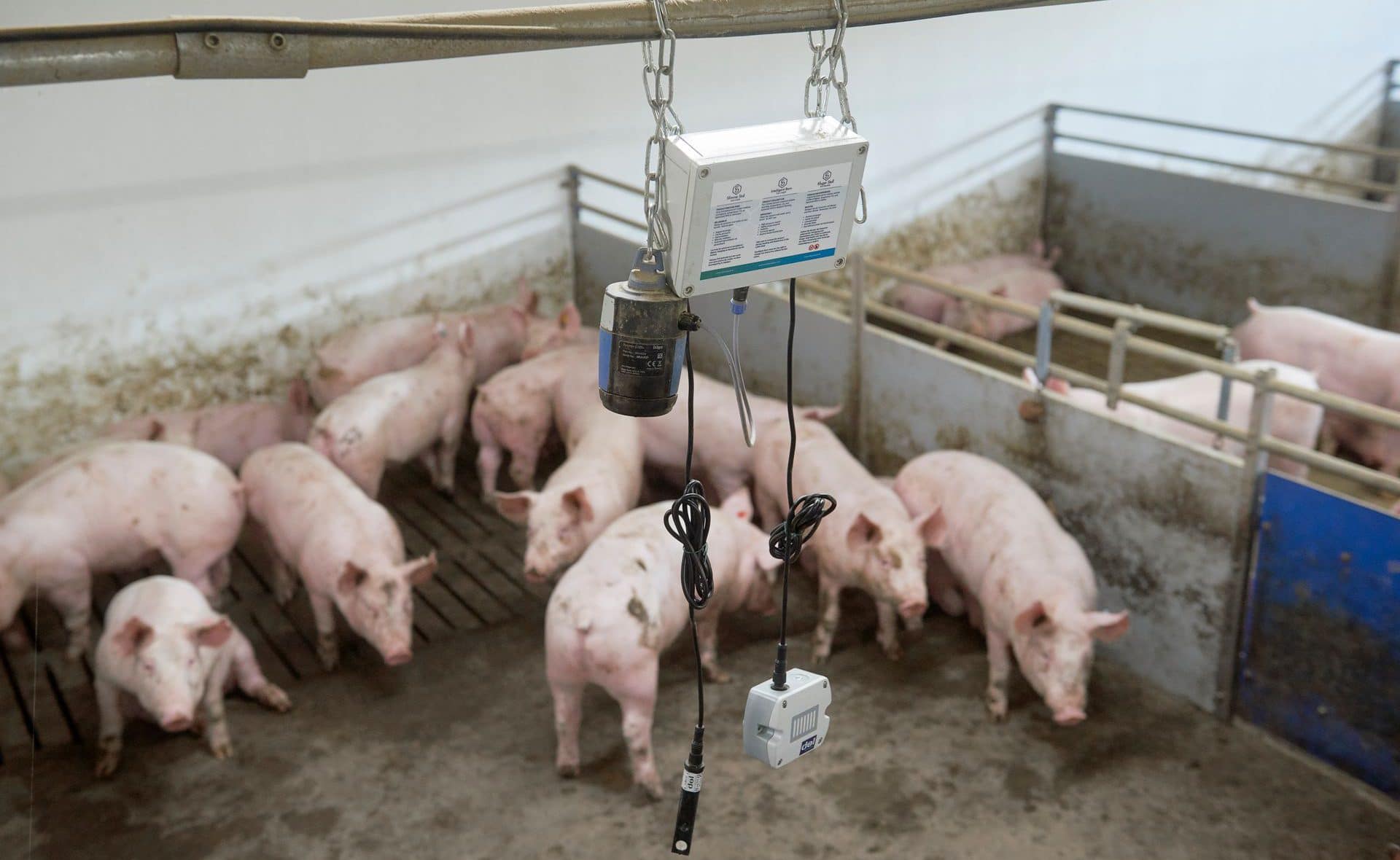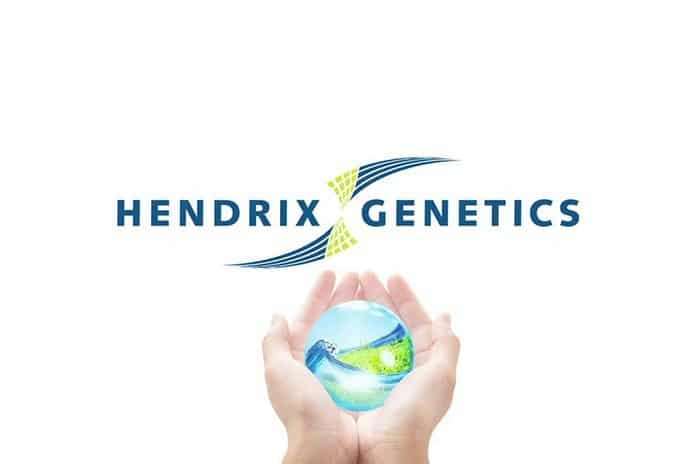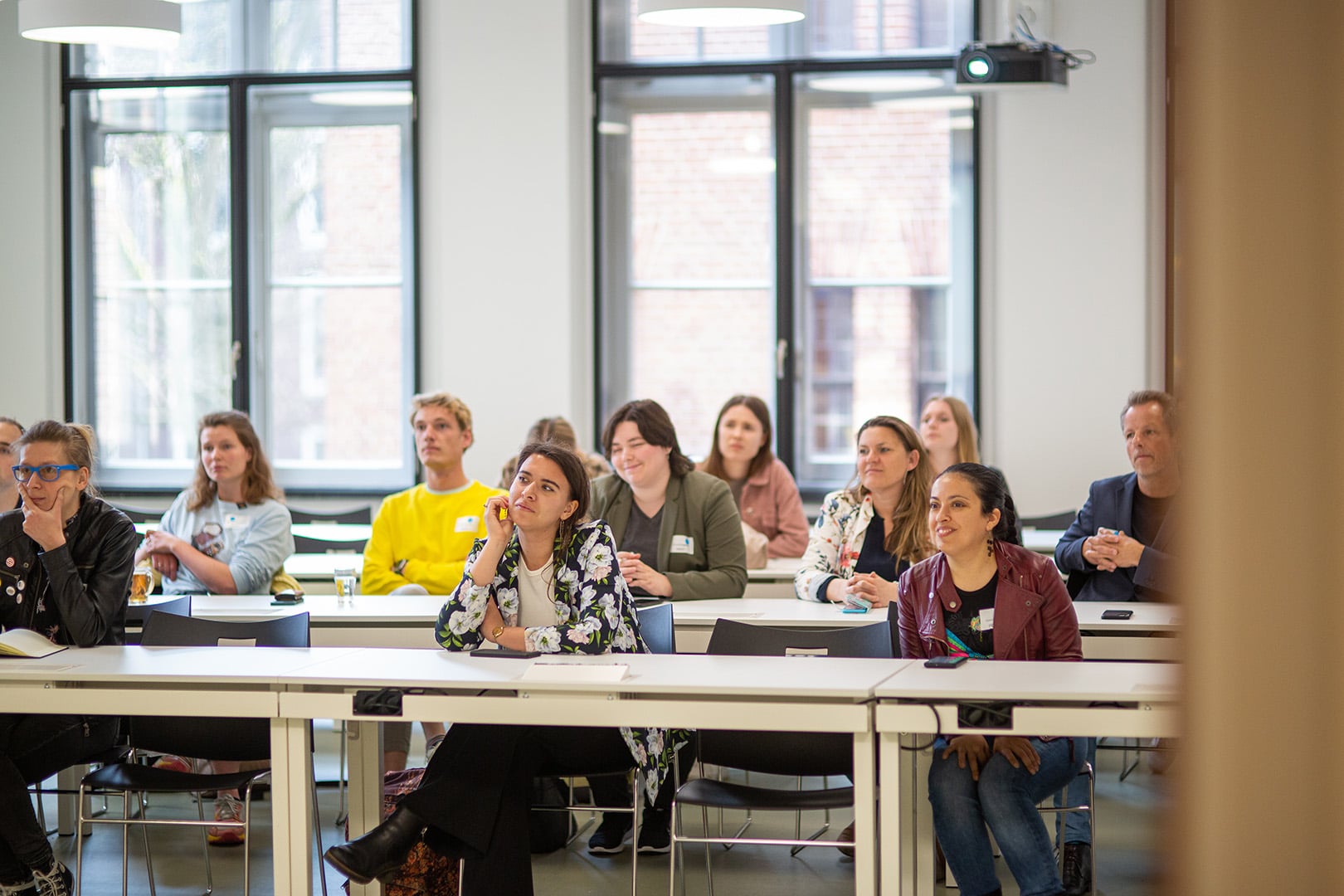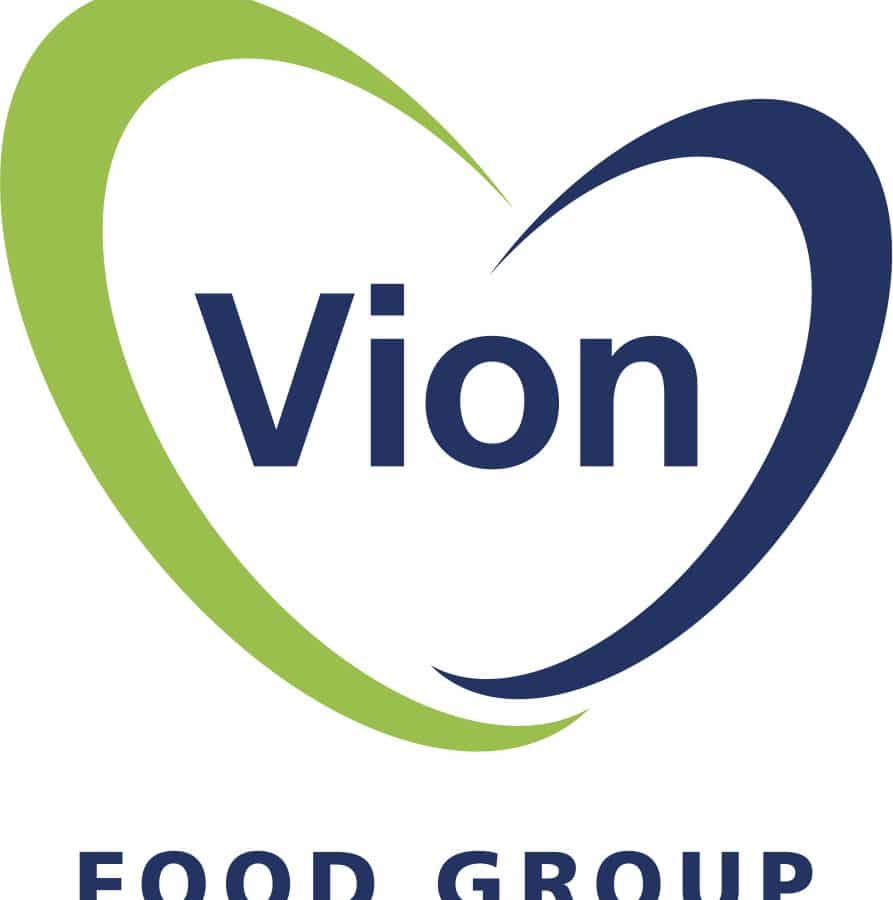
Case: Hendrix Genetics, Vion Food Group & CAF
Helping to smarten up the pork production chain
JADS conducts cutting edge data science research and offers great business opportunities with a continually growing ecosystem. We partnered up with 300+ other organizations and businesses to shape their data-driven future. We do this with different partnership possibilities. Like working together with our EngD (formerly PDEng) data science trainees on the development of new models specifically for your organization. This case describes an Agrifood & Nature challenge that got pivoted by one of our EngD students:
As one of the key players in the global food supply chain, the Netherlands is a leading innovator in food technology. Last summer saw the launch of a partnership between two North-Brabant firms, Hendrix Genetics and the Vion Food Group, who are working together with Connecting Agri & Food (CAF) to improve animal health by combining data from the whole pork production chain. The partnership is part of the ‘smart pork chain’ project – a project involving the use of data to promote healthy pig growth and development and hence boost the quality of meat production.
Abe Huisman is responsible for swine R&D at Hendrix Genetics: “Our work revolves around pig breeding programmes – and we would like to develop a novel approach by collecting and analysing slaughterhouse data and combining this with real-time measurements of living conditions at pig farms. The smart pork chain project gives us an opportunity to join forces with Vion and CAF in building up a much clearer picture of the type of data that might be available to us, and which we could then use in our breeding programmes.”
A demand-driven market
For its part, as a player in a highly demand-driven market, Vion is looking for ways to control the fat quality of pork. Martijn Bouwknegt is a research manager working on food safety and sustainability: “Meat production and quality are not the only considerations here. Animal health and welfare are becoming critical issues. And it’s not simply a matter of ethics and complying with statutory regulations. It’s also about food safety, economics, sustainability and indeed the job satisfaction of pig farmers. Today, thanks to advances in information technology, we have new opportunities to give pig farmers and other partners in the production chain reliable information on the animals’ living conditions. They can then use this information to promote animal health and welfare.”
Combining big data from the production chain
The question is how we can combine all sorts of big data from the pork production chain. Which is where data science comes into the equation. Zinabu Melese is an Ethiopian EngD student at JADS who for his doctorate research explored a wealth of slaughterhouse data in order to lay the foundations for further data integration in the production chain. By breaking down the massive volume of data from pig body scans into distinct components, which he then related to carcass findings at the slaughterhouse, he succeeded in pinpointing a number of promising indicators. The next step will be to couple data from sensors hanging in pig farms to slaughterhouse data.
Martijn Bouwknegt: “I’m particularly interested in finding out whether the data already available to us can tell us more about the health and wellbeing of the animals on the farm. Zinabu succeeded in answering the first key question for us: is it possible to convert all this data into a manageable form that is amenable to simple analysis? In the first instance, this was very much a technical data management problem. Zinabu produced a blueprint for us, based on something called a principal components analysis. He succeeded in building a platform that his successor can now further develop, using the sensor data from pig farms that we now have available to us.”
A tremendous help
“His work has been a tremendous help to us in terms of generating ideas about potential indicators that we could use to improve health and wellbeing throughout the chain. It’s a fascinating field of research, particularly with all the latest developments in relation to sensor technology and our ability to perform measurements that give us information about the health and wellbeing of individual animals. The question is: what can the slaughterhouse data tell us about conditions in pig farms, so that farmers and other partners in the supply chain can then make the necessary adjustments?
Feedback loop
Abe Huisman: “The ultimate aim is to produce a feedback loop that can help optimise living conditions in pig farms so that the pigs are in the best possible health. The interesting thing from our perspective is whether there is some sort of genetic factor involved in how pigs adapt to different living conditions.”
Asking the right questions
“Here at Hendrix Genetics, we have a big R&D team consisting of geneticists who are all used to dealing with data in a certain way. The great advantage of having an EngD student on the team is that they look at the same data from a totally different perspective, thus producing all sorts of new insights. It’s good to see that, once they start talking about data analysis, they’re all speaking the same language.”
Martijn Bouwknegt: “It’s much the same story here. Our own experts are good at working with data from slaughterhouses, but it takes a data scientist like Zinabu to get even more out of the same data. It’s all about teamwork: a team consisting of domain experts working with data scientists is a team that asks the right questions. That’s a huge plus.”
The ‘smart pork chain’ (slimme varkensketen) project is part of AgriFoodInnovation and is made possible by the North-East Brabant Regional Deal
About the EngD program
The Engineering Doctorate (EngD) program Data Science is a two-year post-master’s program. It qualifies students with an MSc degree in mathematics, statistic and computer science to become top-level professionals. Candidates for the EngD Data Science are creative problem solvers with excellent technical skills. A major part of the EngD program Data Science is working on real-life projects with partners in the data science ecosystem. EngD trainees help industry and business with their decision making processes based on real, actionable data.



